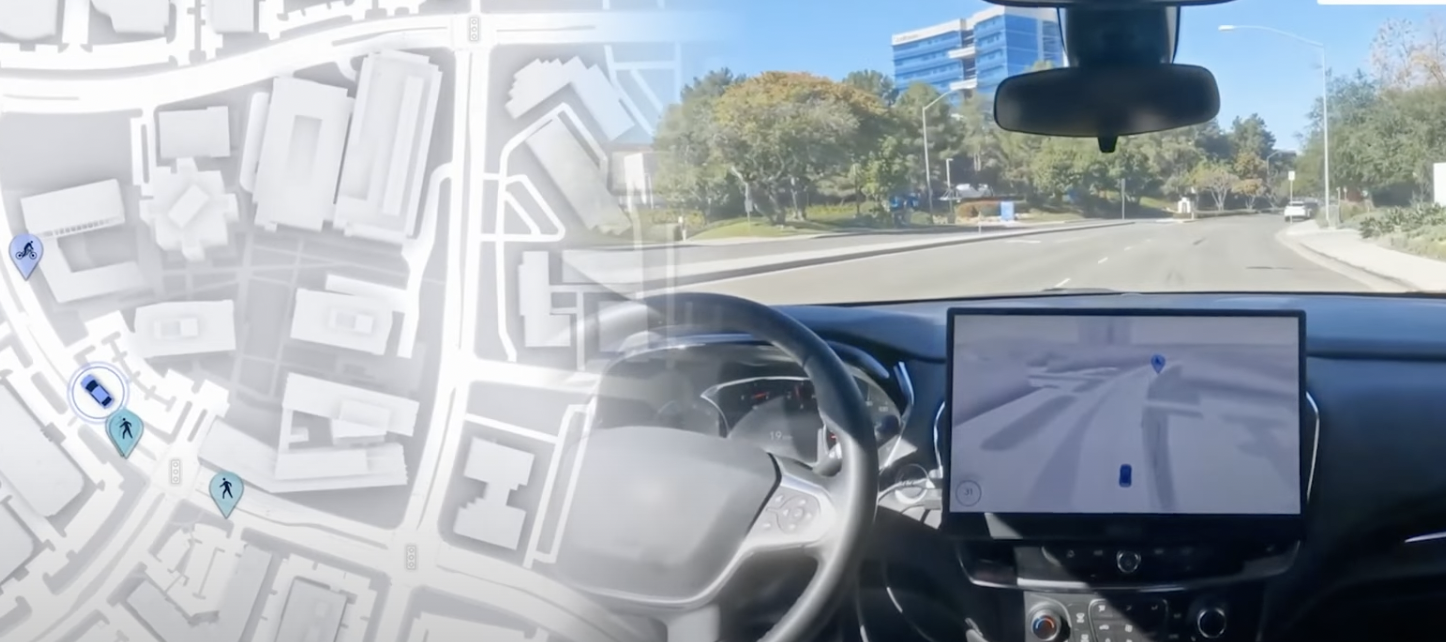Qualcomm demonstrates a novel approach to protect vulnerable road users, and wireless coverage prediction for consistent in-vehicle user experience
The automotive segment has been a material growth driver as Qualcomm continues to execute on a broad diversification strategy. Solutions geared towards automakers run the gamut from digital cockpit and advanced driver assistance systems (ADAS) to car-to-cloud connected services and AI-powered computer vision—all of which support the rise of software-defined vehicles.
During Mobile World Congress in Barcelona, Qualcomm had two demos that separately highlighted vulnerable road user (VRU) protection and wireless coverage prediction; the theme across both was how the combination of in-vehicle systems connected by cellular to the cloud can deliver enhanced safety and user experience.
Starting with safety, Qualcomm demonstrated how cellular signals used for location can be transmitted from VRUs’ mobile phones into the cloud then communicated to a driver. So if a driver can’t see a pedestrian or bicyclist, their connected vehicle could get location information from the cloud, then use that information to alert the driver to a VRUs position for crash avoidance.
Qualcomm’s Shailesh Patil, senior director of technology, pointed out that VRU deaths in the U.S. are at a 40-year high and increasing. But, “You can deploy this service now… You can save lives now.”
In this move to software-defined vehicles, drivers and passengers are using more and more connected services which, in turn, is fostering an expectation for uninterrupted service. While achieving that isn’t practically possible, what is possible is predicting, and automatically preparing for, variability in network coverage.
Sending coverage data from vehicles into the cloud for processing can identify poor coverage areas and inform other vehicles. “If I know that, I can, for example, buffer my streaming videos,” Patil said. “I can download maps earlier, or you can do a handover earlier.”
The key takeaway, he said, is, “We are automating how a vehicle learns the coverage without involving an operator.”
For more on Qualcomm’s advanced wireless R&D, read the following:
- Qualcomm SVP talks wireless R&D philosophy, priorities
- Giga-MIMO is the foundation for wide-area 6G
- Enabling boundless XR with dynamic distributed compute
- How can operators benefit from digital twin networks?
- Access to more spectrum means more economic and national security
- Qualcomm focused on making 5G mmWave more cost effective

